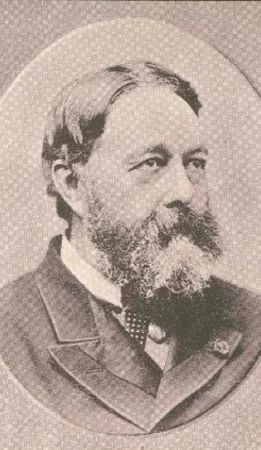Greenback
This article was originally written and submitted as part of a Canada 150 Project, the Innovation Storybook, to crowdsource stories of Canadian innovation with partners across Canada. The content has since been migrated to Ingenium’s Channel, a digital hub featuring curated content related to science, technology and innovation.
The un-counterfeitable dollar.
Why are American dollar bills green? The answer came from McGill University in Montreal in 1861. That year, the United States Congress authorized production of $50 million in demand notes, largely to cover the federal government’s burgeoning war expenses. The next year, Thomas Sterry Hunt - an American chemist working for the Canadian Geological Survey at McGill - came up with the idea of using chromium ses quioxide for banknote ink. Hunt discovered that, when used as ink for the notes, the compound’s green pigment could not be bleached by acid, thus making it incredibly durable. Nor could it be photographed, making it impervious to counterfeiting. Hunt’s innovation was the straightforward use of science to solve an everyday problem. And with his discovery, the un-counterfeitable dollar - the greenback - was born. In Canada.














